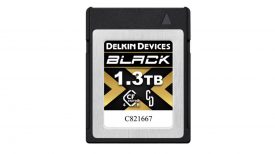I usually shoot news and long feature pieces, but sometimes I get the chance to shoot something different. Bufori is a custom car company that hand makes luxury saloons and sports cars. They unveiled their brand new Bufori “Geneva” at the 80th Geneva International Motor Show and approached me about making a short film to showcase it, to be shown on various screens at the show. I decided to shoot this on my Canon 7D and also used three GoPro Hero Cams. In the old days I would have had to take a big broadcast camera and all the accessories to shoot something like this. Now I can take a much smaller DSLR camera, a few lenses and accomplish what you could only dream about a few years ago.
Bufori Geneva from Matthew Allard on Vimeo.
I shot both stills and a video for the company that were played on screens at the motor show. I decided to shoot the video on my Canon 7D using the following lenses – Canon 16-35mm f2.8, Canon 50mm f1.2 and a Tokina 11-16mm f2.8. For the on-board driving shots I utilized the GoPro HD Hero cams mounted on various parts of the car. I do have mounts and arms to put a full size DSLR on a car but decided against it (better to risk a $300 camera as opposed to a $1700 one!).
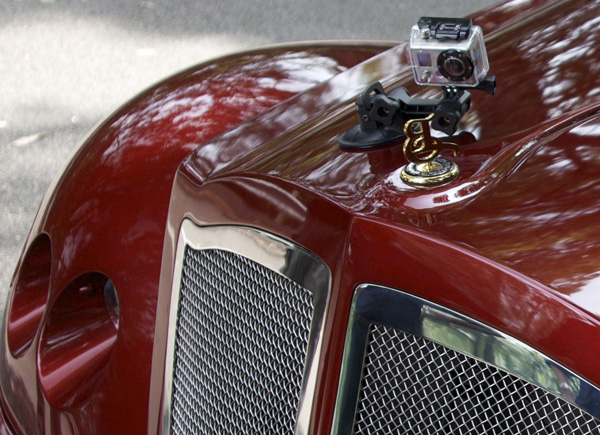
Inside the factory I shot various parts being manufactured and tried to concentrate on the detail of having almost every component made by hand. I cannot stress enough the importance of using good, fast glass when you shoot. Don’t let anyone tell you that it doesn’t matter as much which lenses you use when you’re shooting video, because it does. Would you put cheap tires on a Ferrari? In most cases you get what you pay for. My Canon 50mm f1.2 cost more than my camera but is worth every cent – the difference between the F1.2 and F1.4 is huge. My advice is to buy the most expensive lenses you can afford on your budget.
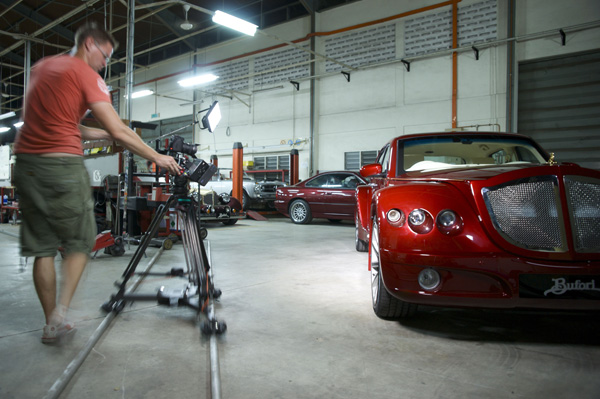
For the shots of the car inside the factory I also utilized a broadcast jib and dolly. The Genus adapter plate is a fantastic piece of kit; it enables me to put my 7D straight onto my broadcast tripod or jib so you get rock-solid movement. I also used two Litepanels 1×1 LED lights to illuminate the car. I actually needed more light than I had but time constraints and the fact that I was doing this alone limited my options. The 7D was an absolute joy to use. It enabled me to work in low light with a small depth of field that allowed me to show incredible detail. I would not have been able to use a broadcast camera when shooting in the factory unless I used excessive light, something I try to stay away from.
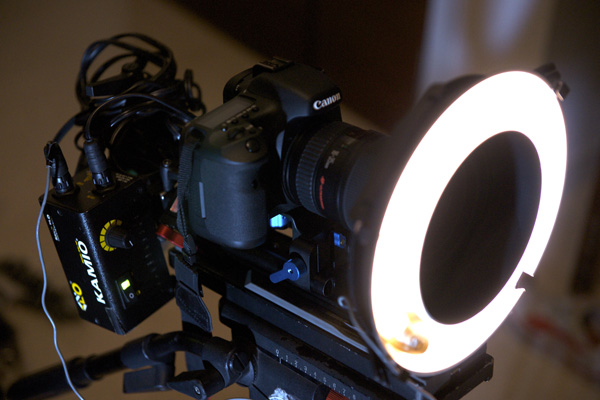
For the outside shots of the car I found a small road that had lots of twists and turns and plenty of character. By setting up in a variety of spots I was able to get plenty of different angles of the car without having to move around a lot. This was the first shoot that I used the Zacuto Z-Finder on. It is brilliant, but having said that I’m still waiting for someone to come out with an adjustable viewfinder so you can use it in whatever position you like. Coming from a broadcast background, I’m used to using cameras with viewfinders that move up and down so you can see what you’re doing regardless of where you put the camera. Someone needs to come up with one or take a leaf out of Sony’s Alpha range of DSLRs that have a moveable LCD screen on the back (are you listening Canon?). I spent a lot of time lying on the ground in the middle of the road to get some of the angles O wanted.
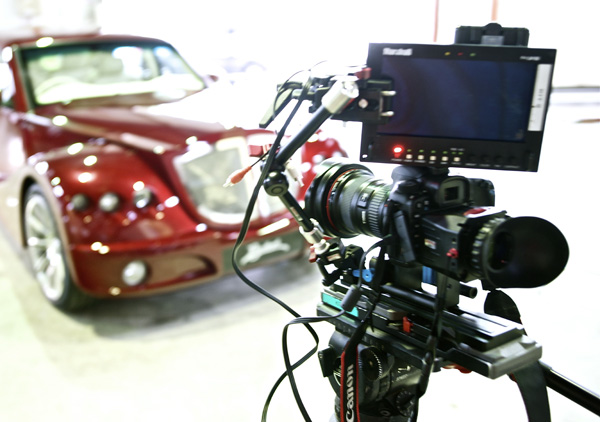
No matter how much I use the 7D, I’m continually blown away by the quality of the images. The DSLR has revolutionized the way I work. While it is not suitable for everything, it gives me a very useful addition to my arsenal of different cameras that I use on a daily basis.
Apart from the Hero cam vision all material is ungraded and shot on the standard camera settings. The entire video was shot in less than one day and I’d like to say thank you to Lee Ali, Mark Phillips and Felix Haller for all their help.




